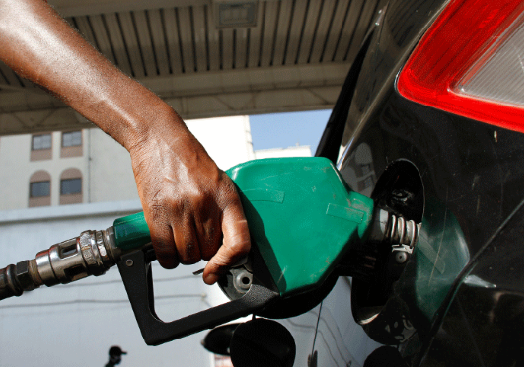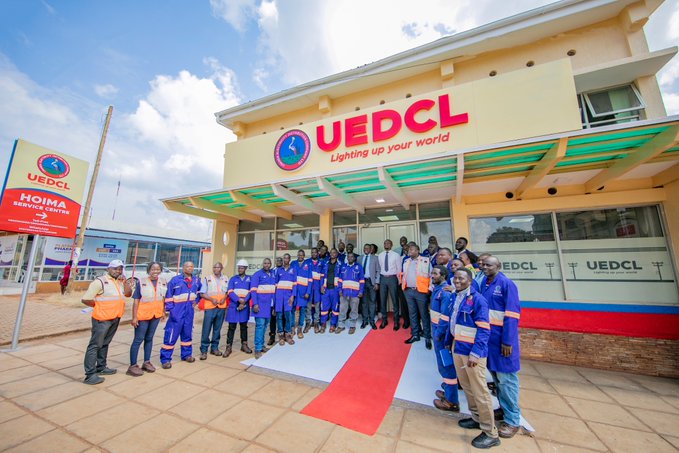PUMP BETRAYAL: Uncovering the dark side of fueling stations

In the seemingly mundane landscape of highways and byways, where motorists depend on the trustworthiness of gas pumps to propel them forward, a clandestine web of deception silently weaves its threads beneath the surface.
Welcome to a world where fuel pumps, the unassuming sentinels of our journeys, become unwitting accomplices in a high-stakes game of betrayal.
As we navigate the intricate paths of our daily lives, rarely do we question the integrity of the pumps that dutifully fill our tanks. However, behind the hum of engines and the scent of gasoline, a shadowy underbelly emerges—one where the very apparatus designed to sustain our mobility becomes an instrument of cunning deceit.
This is not just a story about fuel pumps; it’s an exploration into the clandestine realm where unscrupulous forces manipulate the lifeblood of our vehicles. Brace yourself for a tale that exposes the unsuspected twists and turns in the road, showing how fuel stations cheat their customers.
Calibration Manipulation: Some unscrupulous fuel stations tamper with the calibration of their pumps, leading to inaccurate volume measurements. This results in customers receiving less fuel than what they paid for.
Short-Dispensing Nozzles: Certain stations use modified fuel nozzles that dispense fuel at a slower rate than standard, causing customers to spend more time at the pump and ultimately paying for more fuel.
Pump Meter Rigging: Dishonest station operators may rig the internal meters of the fuel pumps to inaccurately display higher quantities than what is actually being dispensed, leading customers to overpay.
Underfilled Underground Tanks: Some stations intentionally maintain their underground storage tanks at levels lower than the industry standard, resulting in customers receiving less fuel due to decreased pressure in the system.
False Advertising on Octane Ratings: Stations may mislabel or falsely advertise the octane rating of their fuel, tricking customers into paying for a higher-quality fuel that they never receive.
Unattended Pump Issues: Stations with poorly maintained equipment or unattended pumps might have technical issues, such as leaks or slow dispensing, causing customers to unknowingly receive less fuel.
Incorrect Pump Readings: Malfunctioning or manipulated digital displays on fuel pumps can mislead customers by showing inaccurate readings, leading them to believe they are purchasing more fuel than they actually are.
Hidden Fees and Charges: Some stations engage in deceptive practices by adding hidden fees or surcharges to the final bill, exploiting customers who may not carefully review their receipts.
Temperature-Based Scams: Fuel expands or contracts based on temperature. Unscrupulous stations may take advantage of this by adjusting dispensing temperatures, resulting in customers paying for less energy-dense fuel.
Nozzle Leakage: In some cases, worn-out or damaged fuel nozzles may leak small amounts of fuel during the dispensing process. While this might seem negligible, over time it can contribute to customers receiving less fuel than they paid for.
Fuel pump fraud or malfunctions can vary widely and may be influenced by factors such as location, regulatory measures, and technological advancements.
In the grand tapestry of the open road, let this cautionary tale serve as a beacon, illuminating the shadows where deceit lurks. For every cheated motorist, may there be a renewed sense of awareness, a determination to safeguard against the unexpected twists in the journey. In the end, it is not just a story about fuel pumps; it is a reflection of the resilience of trust and the importance of staying vigilant in a world where even the most ordinary facets of life can harbor hidden dangers.







